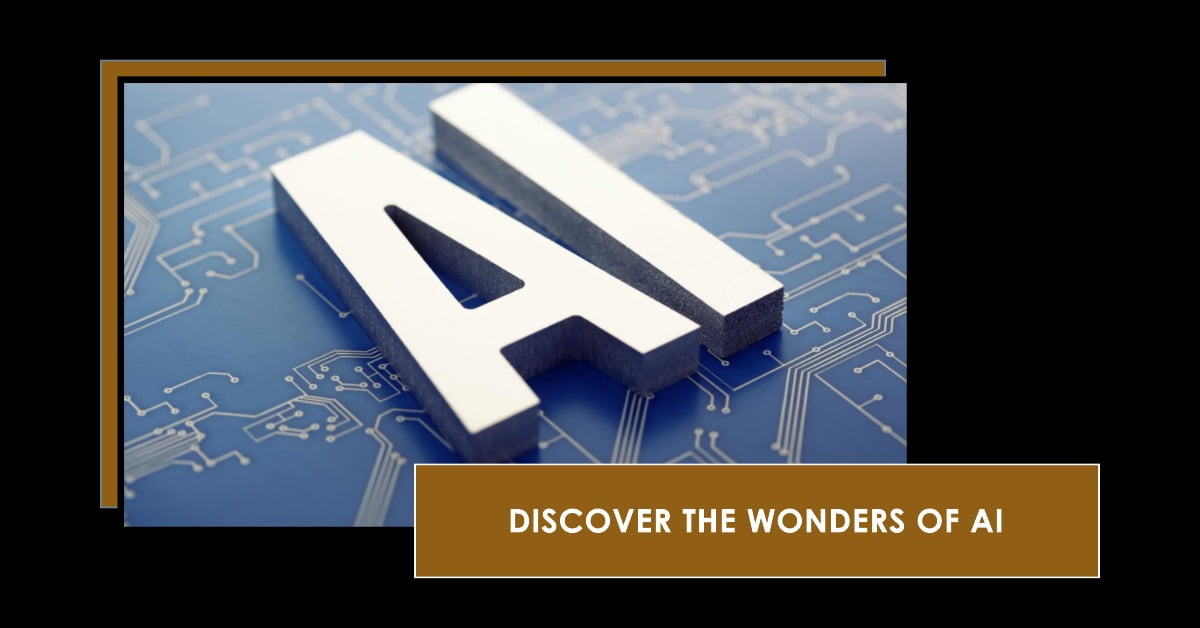Understanding the Basics of Artificial Intelligence
Introduction:
Artificial Intelligence (AI) has transcended the limits of technological know-how fiction to become a quintessential part of our day-by-day lives. From influencing our streaming alternatives to responding to our commands through digital assistants, AI is subtly improving how we live, paint, and engage with the world. This weblog submits objectives to demystify the concept of AI, presenting a foundational knowledge of its fundamental principles and applications.
Unveiling the Enigma: Defining Artificial Intelligence
At its core, AI includes improving sensible dealers’ ability to fulfill obligations that traditionally call for human intelligence. This encompasses activities including studying, reasoning, hassle-fixing, and selection-making. The fulfillment of this intelligence relies on various strategies, every presenting particular strengths and programs:
1. Machine Learning: This facet allows algorithms to research from statistics, constantly enhancing performance without explicit programming. Picture an AI set of rules refining its ability to pick out junk mail emails by reading big datasets, improving inbox filtering through the years.
2. Deep Learning: A subset of gadget mastering, deep learning employs artificial neural networks stimulated by the human mind to figure complex patterns from massive amounts of information. Consider a deep mastering algorithm studying medical images for early sickness detection, contributing to timely diagnosis and treatment.
3. Natural Language Processing (NLP): Focused on allowing machines to recognize and technique human language, NLP facilitates packages like chatbots, gadget translation, and sentiment analysis. Envision a chatbot undertaking a natural verbal exchange, comprehending questions, and delivering beneficial responses.
4. Computer Vision: Equipping machines to interpret visible statistics, computer vision supports applications such as object popularity, self-sufficient automobiles, and clinical imaging. Envisage a self-sufficient auto navigating via traffic with computer imagination and prescient, ensuring protection and performance.

The Impact of AI: Reshaping Our World
AI has transcended studies labs, permeating nearly every aspect of cutting-edge lifestyles. Here are a few instances of AI making a massive impact:
Personalization: AI tailors news feeds, recommends products, and adapts getting-to-know experiences, improving platform consumer engagement.
Healthcare: AI revolutionizes medical prognosis, drug discovery, and robot-assisted surgical procedures, providing heightened accuracy, efficiency, and customized care to get the right of entry.
Finance: AI algorithms contribute to fraud detection, chance evaluation, and algorithmic trading, optimizing economic systems while minimizing dangers.
Manufacturing: Robotics and AI-driven automation enhance efficiency and accuracy in manufacturing tactics, increasing productiveness and reducing charges.
Transportation: AI-powered self-using motors and site visitors control structures promise safer and more efficient rides, decreasing injuries and congestion.
Navigating the Ethical Landscape: Responsible AI Development
Despite its colossal ability, moral concerns surround AI improvement and implementation. Issues like bias, privacy, and task displacement require careful consideration and proactive answers:
Bias: Diverse datasets, algorithmic transparency, and continuous tracking are critical to mitigating bias in AI algorithms.
Privacy: Robust regulations and consumer control mechanisms are vital to guard individual privacy inside the generation of AI.
Job Displacement: Automation pushed by AI may displace jobs, necessitating groups of workers to reskill tasks and social safety nets.
The Future of AI: Opportunities and Challenges
AI holds promise in addressing global demanding situations, including weather trade, poverty, and healthcare. Imagining AI-powered answers optimizing energy utilization, predicting natural screw-ups, and allowing personalized training is inside attained. However, capacity risks should be considered, including activity displacement and misuse. Prioritizing moral concerns and fostering stakeholder collaboration can ensure AI will become a force for good.
Frequently Asked Questions (FAQs):
1. Will AI update humans?
While AI automates many tasks, it will not update human beings. Instead, AI is predicted to decorate human skills, allowing us to focus on extra creative and strategic studies.
2. Is AI moral?
Ethical issues concerning AI bias, privateness, and process displacement are crucial worries. As AI continues to evolve, it’s important to boom and implement ethical guidelines to ensure this generation’s responsible and beneficial use.
3. Can AI come to be sentient?
While AI has completed superb feats, the ability to develop cognizance and sentience remains a topic of discussion and speculation.
4. What are the future implications of AI?
AI has the potential to cope with complex international demanding situations in areas like weather exchange, poverty, and healthcare. However, it’s vital to count on and cope with functionality dangers along with the benefits.
Conclusion: Embracing The Future of AI
As AI unexpectedly transforms our world, knowledge of its principles, programs, and ethical considerations is essential. Embrace the destiny of AI with curiosity, critical questioning, and a collaborative spirit. Together, we harness AI’s capacity to construct a brighter future for all.












8 thoughts on “Demystifying the Machine Mind: Understanding the Basics of Artificial Intelligence”